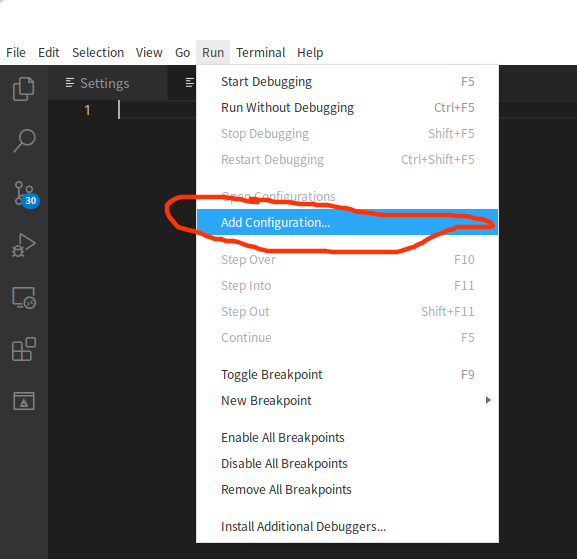
#CMAKE INCLUDE ORDER SOFTWARE#
We first list software that is essential to most of CGAL, and must therefore be found during the configuration of CGAL. The focus of CGAL is on geometry, and we rely on other highly specialized libraries and software for non-geometric issues, for instance for numeric solvers or visualization.

Please refer to CMake's documentation for further information, for example here for Visual Studio 16 2019. Attention Recent versions of CMake are needed for the most recent versions of MS Visual C++. Please refer to the CMake documentation for further details.
#CMAKE INCLUDE ORDER MANUAL#
This manual explains only the features of CMake which are needed in order to use CGAL. In order to configure and build the CGAL examples, demos, or libraries, you need CMake, a cross-platform "makefile generator". Older versions of the above listed compilers might work, but no guarantee is provided. CGAL 5.6 is supported (continuously tested) for the following compilers/operating systems: Operating System (Note that there are several ways to use the find_package command – this is just one of them.In order to build a program using CGAL, you need a C++ compiler supporting C++14 or later. For example, if there is a file named FindSDL2.cmake in the search path, find_package(SDL2) is equivalent to include(FindSDL2.cmake). Such scripts are often used to help find external libraries. The find_package command looks for scripts of the form Find*.cmake and also runs them in the same scope. It uses the variable CMAKE_MODULE_PATH as a search path. It’s typically used to define a common set of functions or macros in the calling script. It’s a lot like the #include directive in C/C++. The include command executes another CMake script in the same scope as the calling script. You can substitute a variable inside a string literal by surrounding it with $ * 2") # Double ARG's numeric value store result in NĭoubleEach(5 6 7 8) # Prints 10, 12, 14, 16 on separate linesĬMake variables are defined at file scope.

(The -P option runs the given script, but doesn’t generate a build pipeline.) As expected, it prints “Hello world!”. …you can run it from the command line using cmake -P hello.txt. If you create a file named hello.txt with the following contents: message("Hello world!") # A message to print This post won’t cover all of CMake’s built-in commands, as there are hundreds, but it is a fairly complete guide to the syntax and programming model of the language. The goal of this post is to get you to the same point as quickly as possible. I spent a long time editing CMake scripts without really understanding the language, as the documentation is quite scattered, but eventually, things clicked. CMake scripts have a lot of flexibility.Įvery time you integrate an external library, and often when adding support for another platform, you’ll need to edit the script. This script defines targets, but it can also do a lot of other things, such as finding third-party libraries or generating C++ header files. As explained in my previous post, every CMake-based project must contain a script named CMakeLists.txt.


 0 kommentar(er)
0 kommentar(er)
